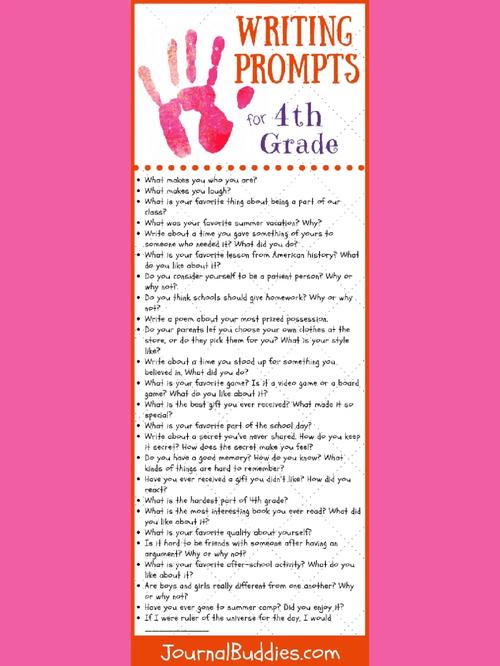What is Tone of Writing?
Understanding the tone of writing is crucial for anyone who wishes to communicate effectively through written words. Tone refers to the attitude or emotion conveyed by the writer, which can significantly impact how the reader perceives the message. In this detailed guide, we will explore various aspects of tone, including its definition, importance, and how to identify and use different tones in your writing.
Definition of Tone
The tone of writing is the emotional quality or attitude that the writer expresses. It can range from formal and serious to casual and humorous. The tone is often conveyed through the choice of words, sentence structure, and punctuation.
Importance of Tone
Understanding the tone of writing is essential for several reasons:

| Aspect | Importance |
|---|---|
| Communication Effectiveness | A well-chosen tone can enhance the clarity and impact of your message. |
| Reader Engagement | The tone can help maintain the reader’s interest and make the content more relatable. |
| Brand Image | The tone of your writing can reflect the personality and values of your brand or organization. |
Identifying Tone
Identifying the tone of a piece of writing involves analyzing the language and style used by the writer. Here are some key elements to consider:
- Word Choice: The selection of words can indicate whether the tone is formal, casual, or somewhere in between. For example, using formal words like “utilize” or “implement” suggests a professional tone, while casual words like “use” or “do” convey a more relaxed atmosphere.
- Sentence Structure: Short, straightforward sentences often convey a direct and assertive tone, while longer, more complex sentences can create a sense of formality or introspection.
- Punctuation: The use of exclamation marks, question marks, or ellipses can add emphasis and help convey the writer’s emotional state.
- Context: The context in which the writing is presented can also influence the tone. For example, a business report will likely have a formal tone, while a personal letter may be more casual.
Using Different Tones
Knowing how to use different tones is essential for effective communication. Here are some common tones and their typical uses:
- Formal: Use a formal tone when writing official documents, business reports, or academic papers. This tone is characterized by a professional and respectful approach.
- Casual: A casual tone is appropriate for personal correspondence, social media posts, or informal articles. It is characterized by a friendly and conversational style.
- Humorous: Using a humorous tone can make your writing more engaging and memorable. This tone is best used in light-hearted or entertaining contexts.
- Informative: An informative tone is suitable for educational materials, instructional guides, or informative articles. It is characterized by a clear and concise presentation of facts and information.
- Encouraging: An encouraging tone can be effective in motivational or inspirational writing. It is characterized by positive and uplifting language.
Adjusting Tone for Different Audiences
When writing for different audiences, it’s important to adjust your tone accordingly. Consider the following tips:
- Know Your Audience: Understand the age, background, and interests of your audience to choose the most appropriate tone.
- Be Respectful: Maintain a respectful tone, especially when addressing sensitive or controversial topics.
- Be Consistent: Ensure that your tone remains consistent throughout the entire piece of writing.
Be Clear and Concise: Regardless of the tone, always aim for clarity and brevity in your writing.
Conclusion
Understanding the tone of writing is a valuable skill that can enhance your communication and help you connect with your audience. By analyzing the language, style, and context of your writing, you can choose









